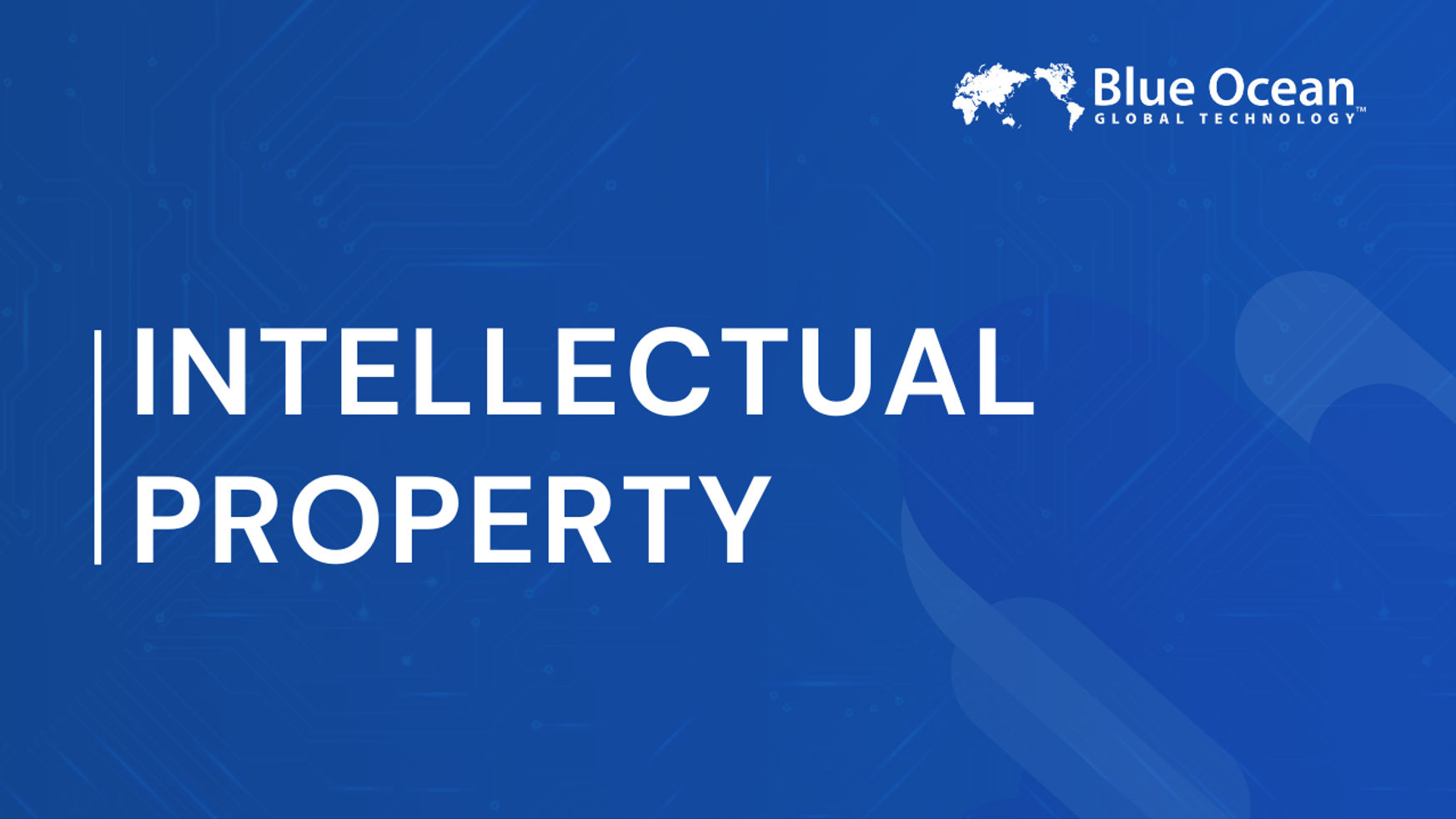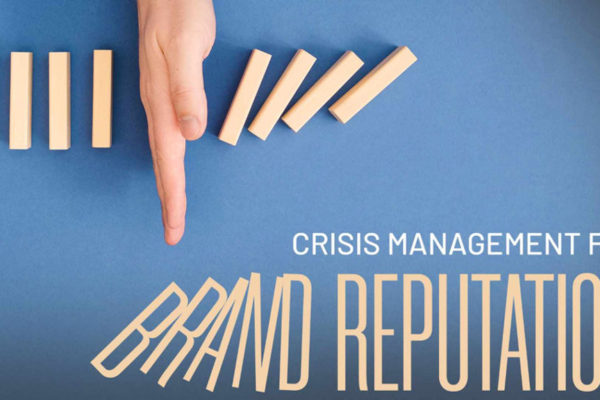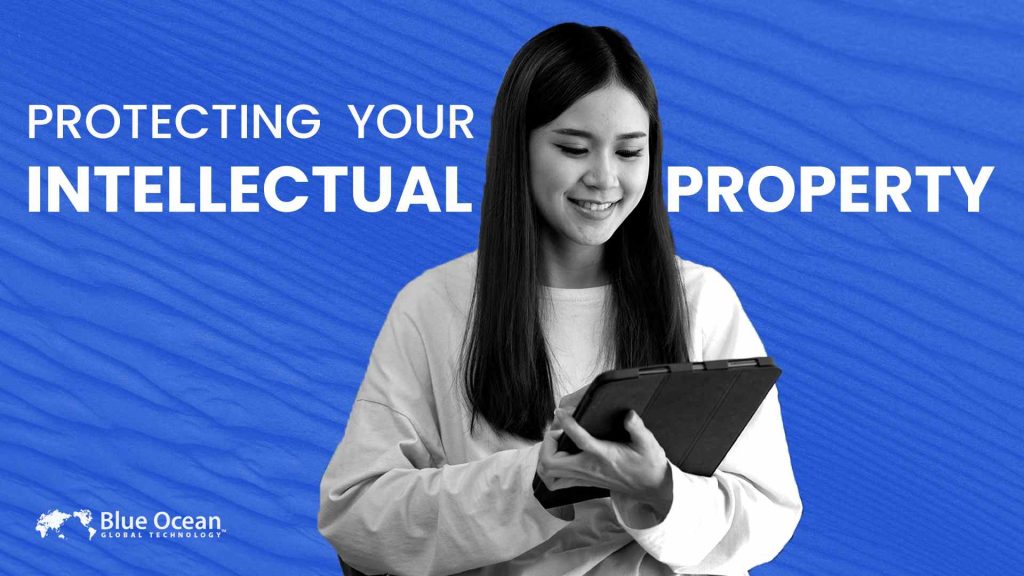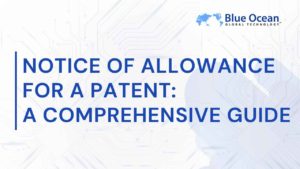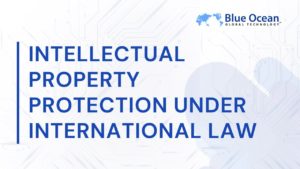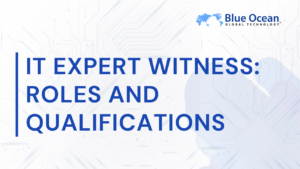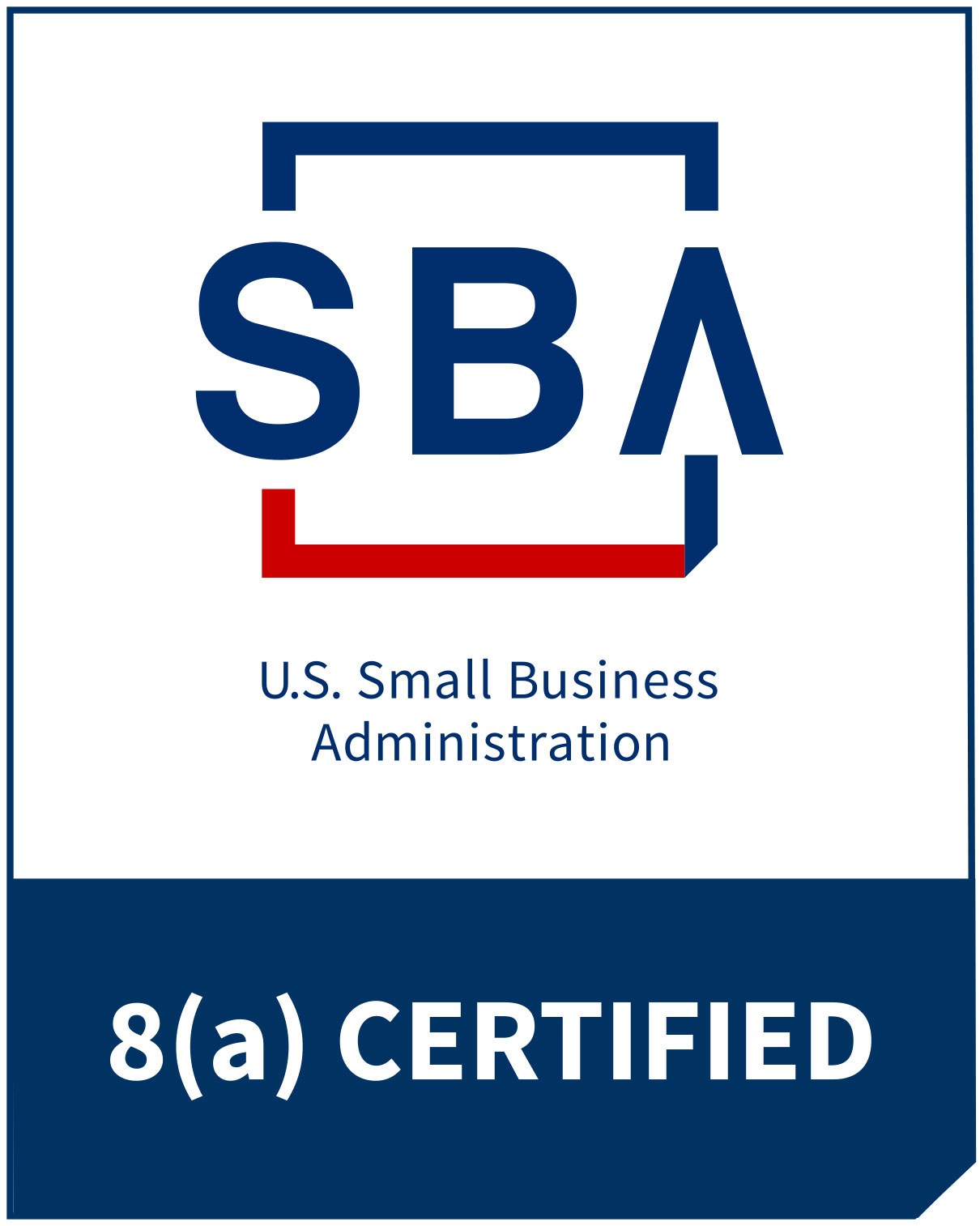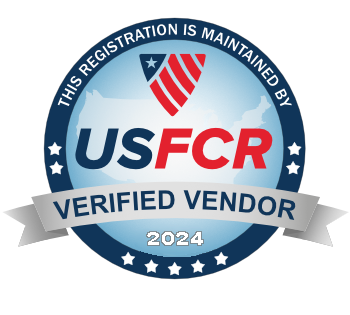What is Intellectual Property?
What every company has in common are the unique, original ideas from which they have stemmed. This is known as intellectual property (IP), which defines any distinctive creation by the mind. This can range from a simple invention to the intricacies of artificial intelligence (AI). Like tangible assets such as physical property and equipment, the company owns its IP. What separates intellectual property, however, is its ability to gain enough interest among the public to generate profit. IP protection comes in several forms such as trademarks, patents, copyrights, and trade secrets.
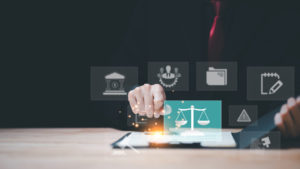
Source : Vecteezy
Since intellectual property fits general descriptions of human creativity, it can be difficult to differentiate between IP and ordinary ideas. This makes it important to summarize what qualifies as IP. Concerning business, these factors aid in determining if the creation is an IP:
- An original creation by one’s mind that provides exclusive rights to the creator;
- Purchasing the rights of someone else’s intellectual property to use as your own; and
- The advertisement, marketing, and branding (specifically trademarks) of one’s IP as a means of generating revenue from it.
Essential Factors to Recognize Intellectual Property
1. Exclusive Knowledge
The key to understanding intellectual property is its protection of exclusive knowledge and rights. Essentially, it is ownership of one’s creative intellect, the creation of ideas or concepts, unique enough to generate revenue. Because these intellectual creations involve commerce, IP becomes an important aspect of business, as all companies require innovation and strategy.
IP and innovation are the same, involving the use of one’s creativity as a source of novelty to develop. Innovation’s role in IP is massive, inspiring creative minds to think from a new perspective to design something extraordinary. Novelty and originality are keys to developing IP.
Once a creation is developed and finalized, it is time to proceed with strategic planning. This supplements the development of goals and visions about one’s business. IP fuses with strategic planning when creators consider the future of their creations as their product or, ultimately, their brand. When IP becomes branded, doors open to trademarks that protect the creation as a legal property.
2. Commercial Use
By law, creators and inventors have intellectual property rights (IPR) to their work. IPR grants them authorized commercial use of their products while protecting them from unauthorized use by other people. If another party happens to use legally protected IP, they may be held liable.
IPR in commerce refers to the exclusivity the owner possesses so they may conveniently sell their product and earn profit. Since it is made commercially available, IP laws protect creators and consumers. Without IPR, not only would owners lack protection, but their consumers may never have accessed their work. In this way, IP laws protect the rights of all people to access intellectual property. In turn, they can find interest in an owner’s creations and enjoy what they have to offer.

Source : Vecteezy
Conversely, this is why IP is also accessible by way of the public domain. This is a portion of creative works unprotected by IP laws, permitting anyone to use them. This may include an idea without a copyright or license or one whose copyrights or licenses have expired. Public domain and legally protected IPs naturally draw a clear line between what is legal and what is not.
If the IP owner’s rights are violated, they can approach an attorney to seek redressal. Many IP lawyers possess vast experience in working with license agreements, patent laws, and copyright laws. They support clients who may be victims of infringement or who want to learn ways to protect their rights.
Types of Intellectual Property
Intellectual property is protected in various forms, some of which include:
1. Patents
A patent is a property right or licensing granted by a government agency like the U.S. Patent and Trademark Office. The inventor is granted exclusive rights to their creation, which may comprise a product, process, or other types of inventions. Many technology and software companies hold patents for their innovations to keep their products’ originality and prevent reproduction from competitors. In 1980, for example, the personal computer was patented by Steve Jobs and three other colleagues working for Apple.
2. Copyrights
Copyrights grant authors and creators protection of their original works to use exclusively, shielding them from unauthorized use by other parties. This protection applies to a broad sphere of creators, including authors of books and music artists. Copyrights also allow the original creators to give authorization for others to use their work through licensing agreements.
3. Trademarks
A trademark is a tangible representation that distinguishes a product from others, ensuring its originality and separation from competing products. Trademarks are provided to companies seeking the ability to use and duplicate their own products without interference from unauthorized parties. They are typically associated with a company’s brand, or their distinct name, logo, or main selling points. For example, the brand name and emblem for “Coca-Cola” are owned by The Coca-Cola Company.
4. Trade Secrets
A trade secret is private information that a company does not share with the general public. This includes procedures used to manufacture products, such processes, formulas, devices, practices, or developments. Trade secrets economically benefit the corporate entity that holds them. They are most often created through a company’s research and development and must be actively protected.
Stay Ahead of IP Infringement With Our Help
Learn the essential IP protections to keep your business safe and ensure profits. Work with us today.
Protections of Intellectual Property
1. Administrative Protections
Administrative and border measures are vital in preventing the importation and distribution of counterfeit goods. Customs authorities can seize infringing products at borders, protecting markets from illegal goods. Cease-and-desist orders are legal directives requiring infringers to stop their unlawful activities immediately.
2. Exclusive Rights
Exclusive rights generally fall into several categories. Patents grant exclusive rights or licenses to use an invention for a specific period. Trademarks are tangible representations of a product or service associated with a particular individual or organization, highlighting its originality. Copyrights protect original works from unauthorized use by others. Furthermore, trade secrets also cover information that remains private but is related to secret formulas, practices, developments, or devices.

Source : Vecteezy
3. Licensing
Licensing differs in that a licensor grants another party the right to use original IP and generate additional revenue. The idea behind licensing is to earn royalties through the authorized use of one company’s IP by another. Both parties must sign a licensing agreement detailing their rights and responsibilities. Any violations are susceptible to legal action.
4. Infringement
When infringement occurs, IPR has been violated, resulting from the unauthorized use of protected IP. Believe it or not, infringement most frequently takes place unintentionally, as violators are often unaware they have used lawfully-protected IP. In the case of infringement, violators may face legal action as a consequence of breaking IP laws. In case the dispute goes to trial, it’s beneficial to have an expert witness on your roster too.
Conclusion
The cases above show how unwitting someone can be in their familiarity with IP, and even more so, inadvertent violations. When infringement is intentional, however, the possibility of counterfeit products and services multiplies. This gives way to the sale of legitimate-seeming IP when, in reality, it is stolen, duplicated, and used illegally. Thus, understanding the business side of IP is critical to operating commercially. Intellectual property serves as the source of all creative endeavors within the realm of business. It revitalizes every company’s operation, allowing innovation to take the lead in earning profit. It is even more important to protect one’s rights to their respective creations, thereby avoiding fraudulence, infringement, and stolen property.
Frequently Asked Questions
1. How can intellectual property gain protection?
IP must go through a process of authorization by way of copyrights, patents, trademarks, or trade secrets. These are different types of protection that lawfully sanction the IP as exclusively owned. They also come with major consequences in the event of unauthorized use.
2. What are the main issues when it comes to IP?
The primary issues with IP involve its multiple gray areas. These include oblivion to infringement, the costs of protection, and even what constitutes IP. Since people who are willing to steal from the IP owner will always exist, the probability of infringement remains high. So, one should research how to protect oneself and the means of avoiding legal trouble.
3. How does someone infringe upon IPR?
Infringement, at its core, is the act of violating the law, especially if there exists an agreement. If someone infringes upon copyright protection, for example, they violate the law that only permits authorized use of certain property. There is also counterfeiting, which involves the duplication or imitation of someone else’s IP, and then using it fraudulently. Ultimately, violators embezzle the property and dishonestly claim it as their own. This is done in an attempt to generate profit from another person’s or organization’s original ideas or inventions.
Know Your IP Rights and Stay Ahead of the Curve
Get insights into the exclusive rights that protect your inventions and designs.


